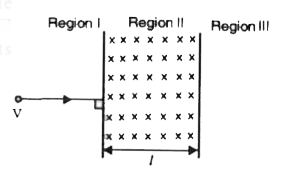Recommended Questions
- Find the centre of mass of a uniform L-shaped lamina (a thin flat plat...
06:06
|
Playing Now - Find the position of centre of mass of the uniform lamina shown in fig...
05:42
|
Play - Find the centre of mass of as uniform L -shaped lamina (a thin flast p...
Text Solution
|
Play - Find the centre of mass of a uniform L shaped lamina (a thin flat plat...
04:07
|
Play - Find the centre of mass of a uniform I - shaped lamina (a thin flat pl...
04:41
|
Play - The x, y coordinates of the centre of mass of a uniform L-shaped lamin...
06:00
|
Play - Find the position of centre of mass of the uniform lamina shown in fig...
05:17
|
Play - Find the centre of mass of a uniform L-shaped lamina (a thin flat plat...
04:08
|
Play - The coordinates of the centre of mass of a uniform flag -shaped lamina...
04:11
|
Play

